March 18th, 2021
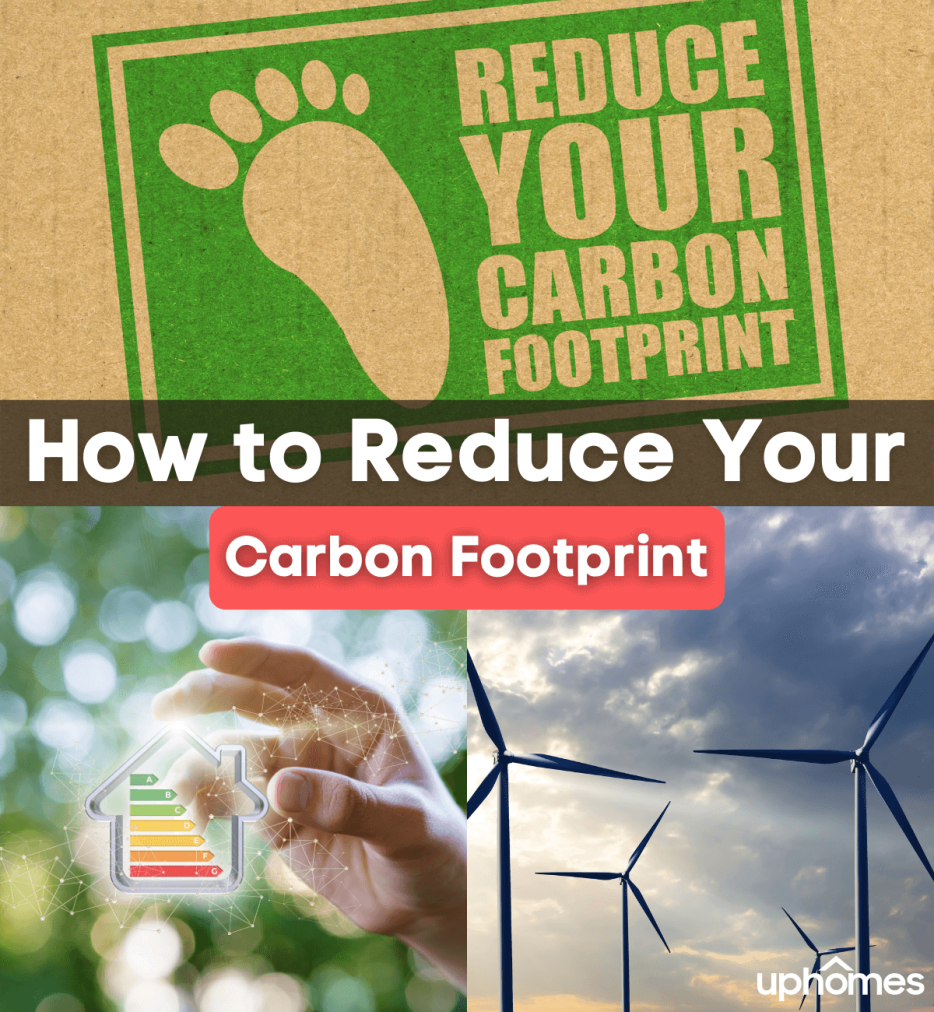
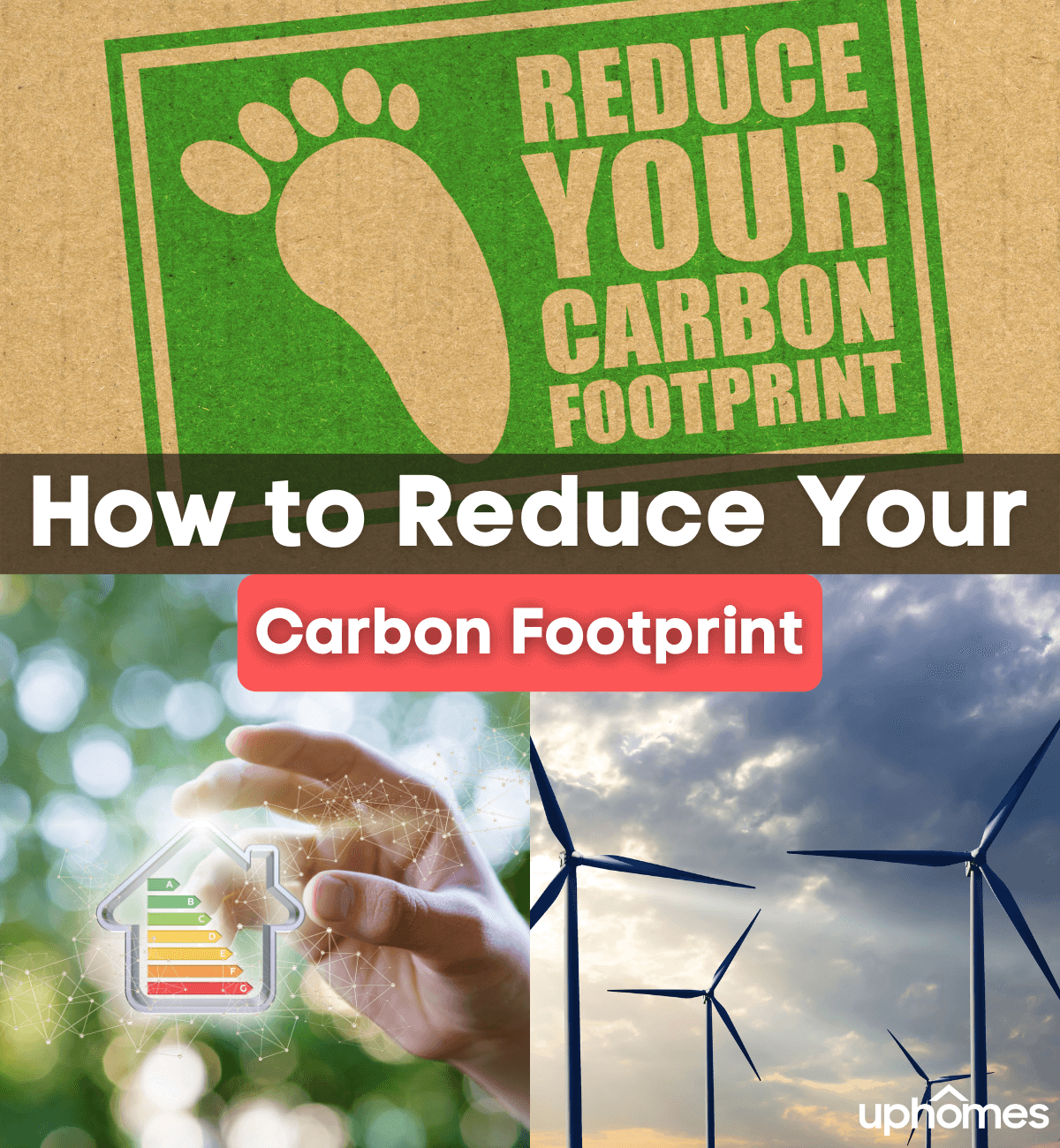
Energy Efficient Homes: How to Reduce Your Carbon Footprint
Responsible for 20% of the greenhouse gas emissions in the United States, households are a huge driver of the nation’s carbon footprint. In fact, three-quarters of the carbon emissions globally can be traced back to the home. While the term ‘carbon footprint’ is used frequently, many people still do not fully understand what the true meaning of the phrase is.
So What Is a Carbon Footprint?
A carbon footprint can be defined as the overall total amount of greenhouse gas emissions that are generated by an individual through actions and activities. Made up of carbon dioxide and methane gases, the term carbon footprint as a whole can be considered as the culprit of climate change.
The average carbon footprint for one single person living in the United States is 16 tons. Compared to the global average of four, the United States has the largest amount of carbon emissions. When it comes to the household carbon footprint, the average for the United States takes the leaderboard again with a total of 48 tons a year.
Fossil fuel usage, air travel, ground transportation, the food industry, and the way that we live our everyday lives, all have a direct impact on the environment and the world around us. In terms of buildings and homes, the amount of energy it takes to build the home on top of powering it daily continues to add to an individual’s carbon footprint. So what can we do to reduce our carbon footprint? Read on to learn more about the steps to take towards an energy-efficient home.
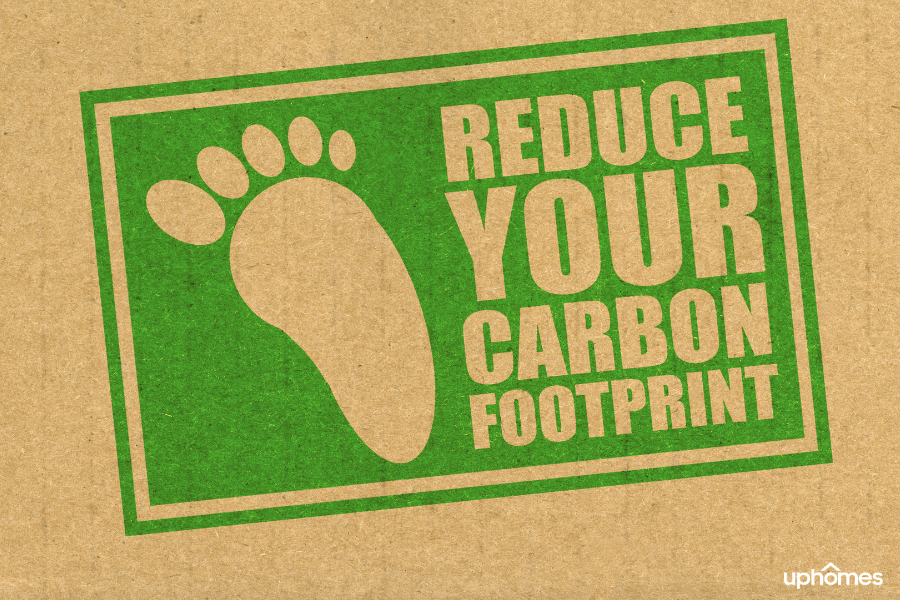
Steps to an Energy-Efficient Home
Renovate Your Home
In a recent study, it was discovered that the construction of a new home has a total carbon footprint of about 56 tons. In comparison, the renovation of an already built home only emits 15 tons. This is a major difference in averages. While it may seem nice to build your own home, the act of reusing and renovating an already existing property will save more carbon dioxide overall. It has also been proven that there is very little difference in performance between a newly built home and a home that was recently renovated.
Not only will a renovated home last longer, but it will save up to 35 tons of carbon dioxide per property due to the avoidance of new construction. It has also been shown that refurbished and renovated properties can actually be just as efficient as newly built property. On the other hand, if you are set on building a home then there are some things to consider. Starting with smart design, it is important to build a high-performance home with an aim to reach net-zero energy efficiency. Where the house is being built, the climate, shape, and size of the property, solar energy plans, heating and cooling, and insulation are all examples of things to keep in mind during construction. If done properly, these design strategies can lead to a cost-effective and energy-efficient home.
Choose An Energy-Efficient Heating and Cooling System
In order to meet the idea of net-zero energy efficiency, choosing a heating and cooling system that meets this goal is essential. The HVAC system, which stands for heating, ventilation, and air conditioning, accounts for 40% of carbon emissions in the household. Due to this high percentage, the HVAC is one of the most important systems to make changes to in order to reduce your carbon footprint. Not only will these changes reduce carbon emissions, but they will also reduce energy bills and save you money overall.
The most energy-efficient heating and cooling system is an air source heat pump. Working by taking the heat out of the air even when it is cold, this air is then run through a small pipe and is delivered as heat to the home. This pump works the same in warmer months but instead delivers cold air in the form of air conditioning. The introduction of programmable thermostats has also made an impact by adjusting the temperatures in the home on its own depending on the season.
Another thing to consider in terms of heating and cooling is ensuring proper insulation. A home that is properly insulated and ventilated shows signs of energy efficiency. If a home is airtight enough, there will be no need to constantly run the heater or air conditioner. Keep in mind that air quality is important. A proper ventilation system can ensure that stale air is being removed while bringing in fresh air to the home.
Renewable Energy
If you are wanting to make a big difference in terms of energy efficiency, it might be time to invest in renewable energy. The most cost-effective way to partake in renewable energy is through the use of solar panels. While the price of solar panels has been dropping as of late, the most costly part of this renewable energy source is the installation. If the price is an issue, there are also now up to 20-year solar panel leases as a viable option for homeowners.
On top of solar, wind energy is another common renewable energy source. Not only will producing your own energy help the environment but it can also help individuals out by providing multiple tax credits. It is a win-win situation for all parties involved. When deciding on investing in solar panels, keep in mind that you will need to select an area of your home that receives the most sunlight for installation. With that being said, if you are living in a rainy or cloudy climate, solar panels may not be the best renewable energy source for you.
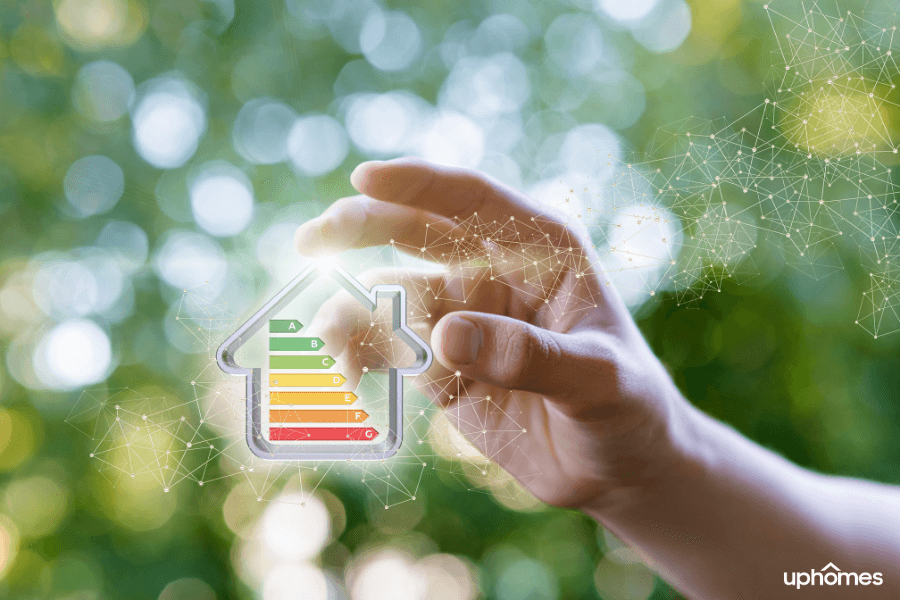
Energy-Efficient Lighting, Electronics, and Appliances
Choosing what goes in your home can make a big difference in terms of energy efficiency and your carbon footprint. Deciding to invest in energy-efficient lighting, appliances, and electronics can go a long way. This step is an important feature in net-zero energy homes. By optimizing your lighting and deciding on high efficient appliances and technologies, energy usage will be minimized.
The first step is to optimize natural lighting. Choose a home with lots of windows and open spaces. Once that has been determined, select areas in your home that need artificial lighting the most such as in the kitchen or bathroom. When lighting your home, select LED lights which are considered the most efficient, longest-lasting, and affordable light source. Avoid recessed lighting and consider skylights.
Sometimes appliances and electronics require more energy than heating and cooling. With that in mind, choose to select Energy Star Appliances which are the most energy-efficient while staying cost-effective. This may include appliances such as refrigerators, microwave ovens, and dishwashers. When deciding on a stovetop, choose induction. An induction cooktop heats up to 30% more efficiently compared to a gas range. Only choose appliances that are needed in your home while keeping size in mind.
Recycle and Compost
Reduce, reuse and recycle is a common mantra that everyone has heard of. Not only is recycling important in general but learning how to recycle waste at home is another crucial step towards reducing your carbon footprint. According to the United Nations Food and Agriculture Organization, food waste plays a major part in the world’s carbon footprint. In fact, 1.3 billion tonnes of food is thrown out every year. When trash or food waste is thrown away and placed in an incinerator, massive amounts of carbon dioxide and nitrous oxide are released into the atmosphere. In a landfill, methane gasses are produced and released which happen to be more potent and dangerous than carbon dioxide. These greenhouse gases then contribute to pollution such as smog and lead to major health concerns in the human body.
In order to reduce these greenhouse gas emissions, the answer starts at home. Only buy food that you are going to eat and make sure that you use what you buy. If you find yourself with leftovers or with kitchen scraps, consider composting in your backyard. Starting to compost will lead to rich soil and fertilizer which can be used to start a garden or to nourish plants. If you live in an area that recycles packaging and materials, check with your city to see what will be and will not be accepted on recycling day. Every compost pile created and cardboard box recycled is a big step towards change.
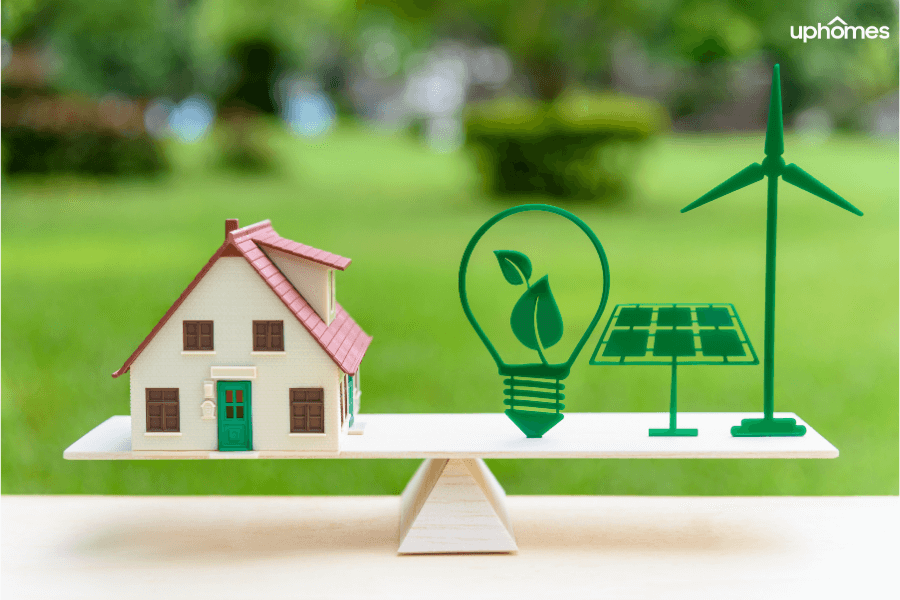
Drive a Hybrid or Electric Vehicle
When driving down the street it is no surprise to see at least one Tesla or electric vehicle. Accounting for 28% of the United States greenhouse gas emissions, the transportation sector is one of the most polluting industries. While riding your bike, walking to work, and choosing to take public transportation are all steps in the right direction, purchasing and driving an electric vehicle is another option. Instead of using fossil fuels like gas, electric cars, or hybrid vehicles draw power from a utility grid. Not only is this renewable energy, but it is cleaner and creates fewer carbon emissions. While an electric vehicle requires a charging station, there are many sleek and cool models available.
Track Your Own Carbon Footprint
If you are curious to find out about your carbon footprint as an individual and household, you can now track your own by using this carbon footprint calculator. Once you figure out your carbon footprint, decide to take action. By following the steps above and choosing to live an energy-efficient lifestyle, we can start to make a difference and aim for a better tomorrow.
Did you know:Trees can add value to your homeand stop climate changeby reducing the amount of carbon dioxide in the air, storingthe carbon in the tree and soil, andreleasing oxygen into the atmosphere - Trees add value to our homes and to our daily lives!

Ryan Fitzgerald
Hi there! My name is Ryan Fitzgerald, and I am a REALTOR®. My goal is to help you learn more about real estate through our Real Estate Blog! Hopefully, you enjoyed the above blog post and it found a way to provide help or value to you. When you're ready to buy or sell a home of your own let us know here. Please feel free to join the conversation by dropping us a comment below.

